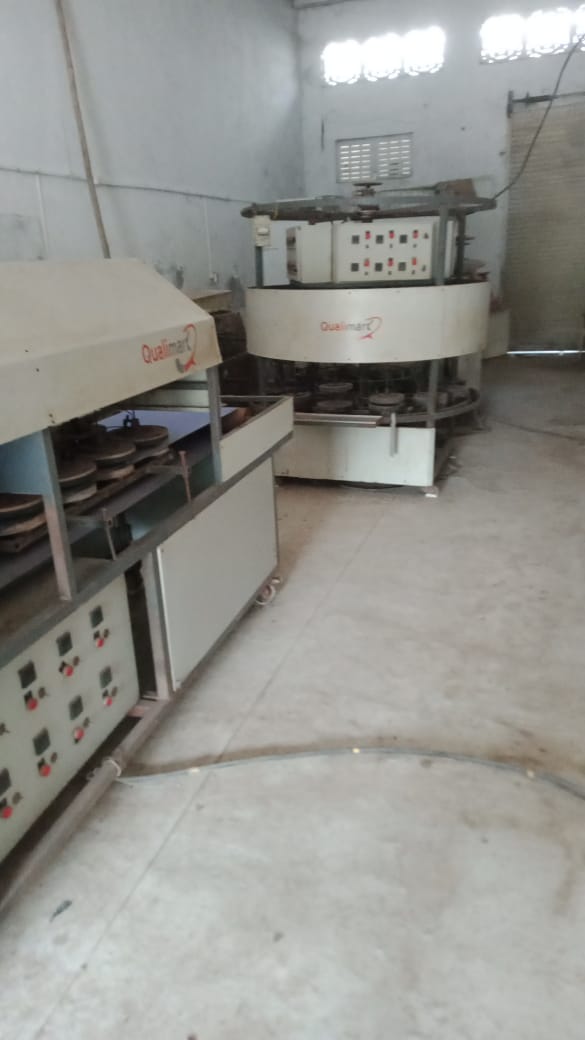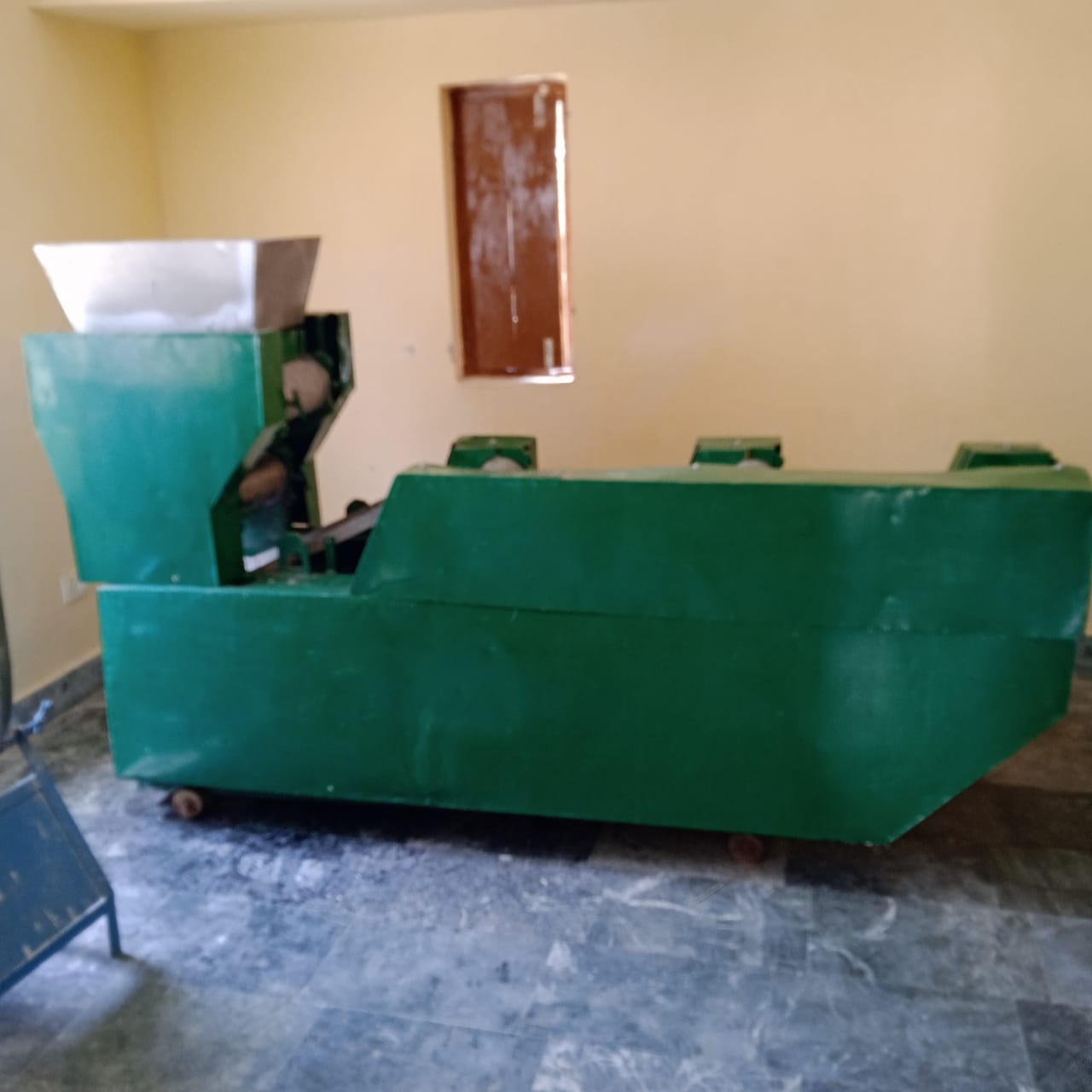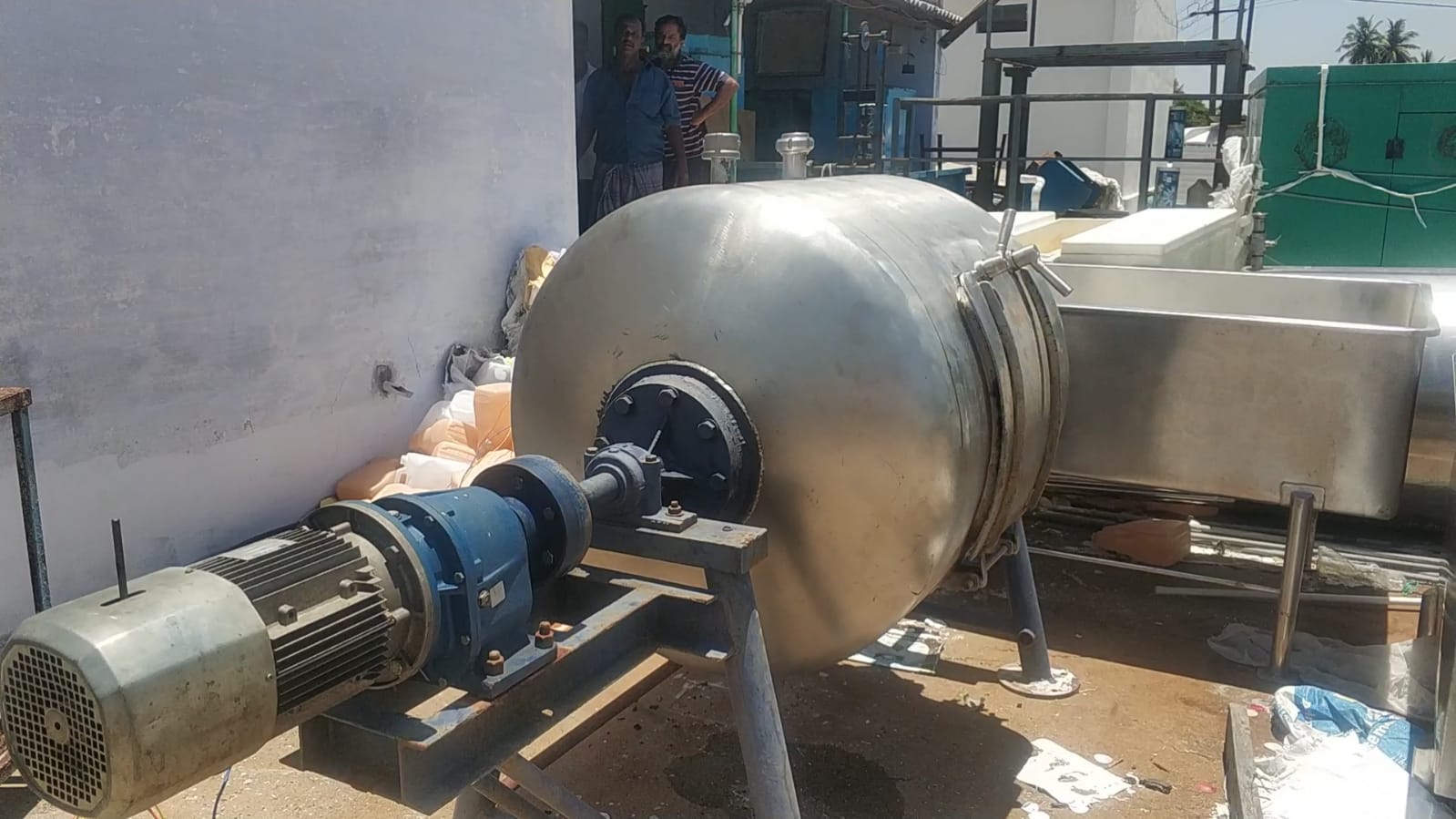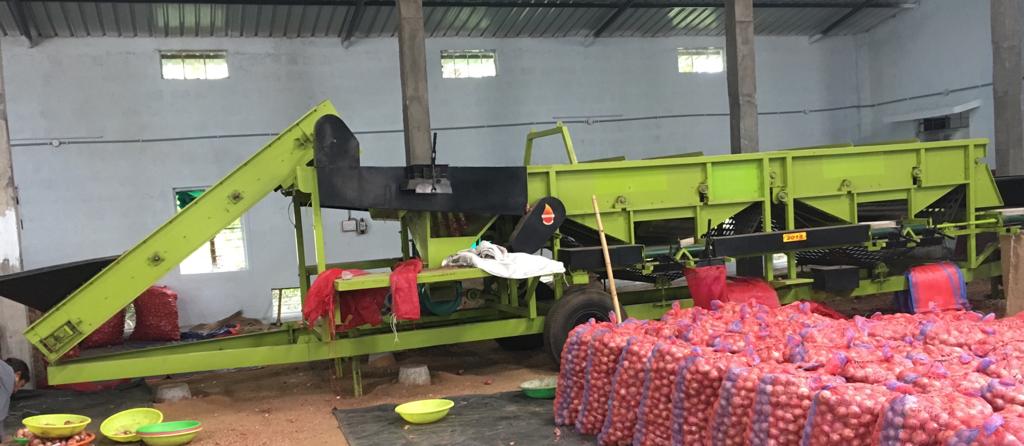This is a Semi Automatic Papad Making Machine
Product Specification
| Usage/Application | Commercial |
| Machine Type | Semi Automatic |
| Applicable Papad Size | Medium |
| Capacity | 1800 Piece Par hours |
| Brand | Prime Machine |
| Country of Origin | Made in India |
| Power Consumption | 2.4 kW |
| Phase | Single Phase |
| Material | Mild Steel |
| Voltage | 230V |
A semi-automatic papad making machine is a specialized machine used for the production of papads, which are thin, crispy Indian flatbreads typically made from lentil, chickpea, or rice flour. These machines are designed to streamline and automate certain steps of the papad-making process, making it easier and more efficient for manufacturers.
Here are the key components and features typically found in a semi-automatic papad making machine:
- Dough Mixing Unit: This unit is responsible for mixing the dough ingredients to create a smooth and consistent dough. It usually consists of a mixing chamber or bowl, where the ingredients are combined, and a mixing mechanism, such as an agitator or kneading blades, that helps in kneading and blending the dough.
- Dough Sheeting or Rolling Unit: This unit is used to roll out the dough into thin, flat sheets. It typically comprises a pair of rollers or a dough sheeter that applies pressure to the dough, gradually reducing its thickness. The thickness can usually be adjusted based on the desired papad thickness.
- Cutting Mechanism: Once the dough is rolled into thin sheets, a cutting mechanism is employed to cut the sheets into the desired shape and size of the papads. This mechanism may consist of a rotary cutter or a set of cutting blades that are adjusted to produce uniform papads.
- Drying Unit: After the papads are cut, they need to be dried to remove moisture and make them crispy. The drying unit can include a conveyor system or trays where the cut papads are placed for drying. Heat may be applied through infrared heaters, hot air blowers, or other heating elements to speed up the drying process.
- Packaging Unit: Once the papads are dried, they are typically packaged for storage and distribution. A semi-automatic papad making machine may include a packaging unit that assists in the sealing and packaging of the papads. This can involve the use of sealing machines, pouch fillers, or other packaging equipment.
It’s important to note that the specific features and capabilities of a semi-automatic papad making machine can vary depending on the manufacturer and model. Some machines may have additional functionalities, such as adjustable speed controls, temperature control for drying, and options for different papad shapes and sizes.
It is in a good working condition.
No pending loan against the machine.
It has been Recently serviced.









